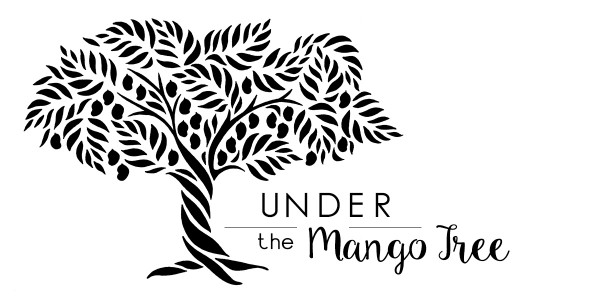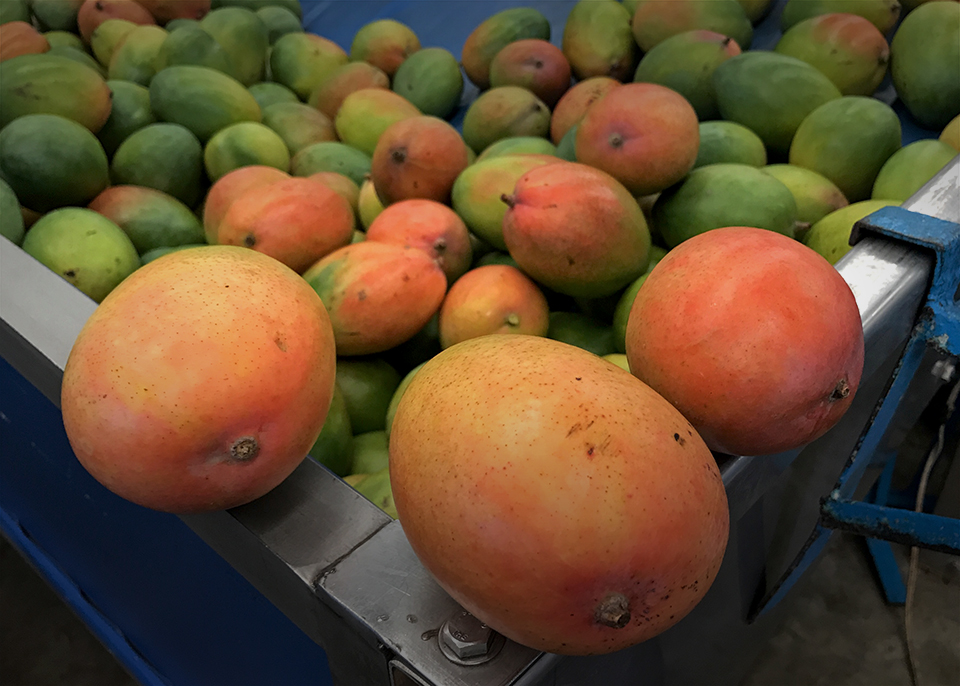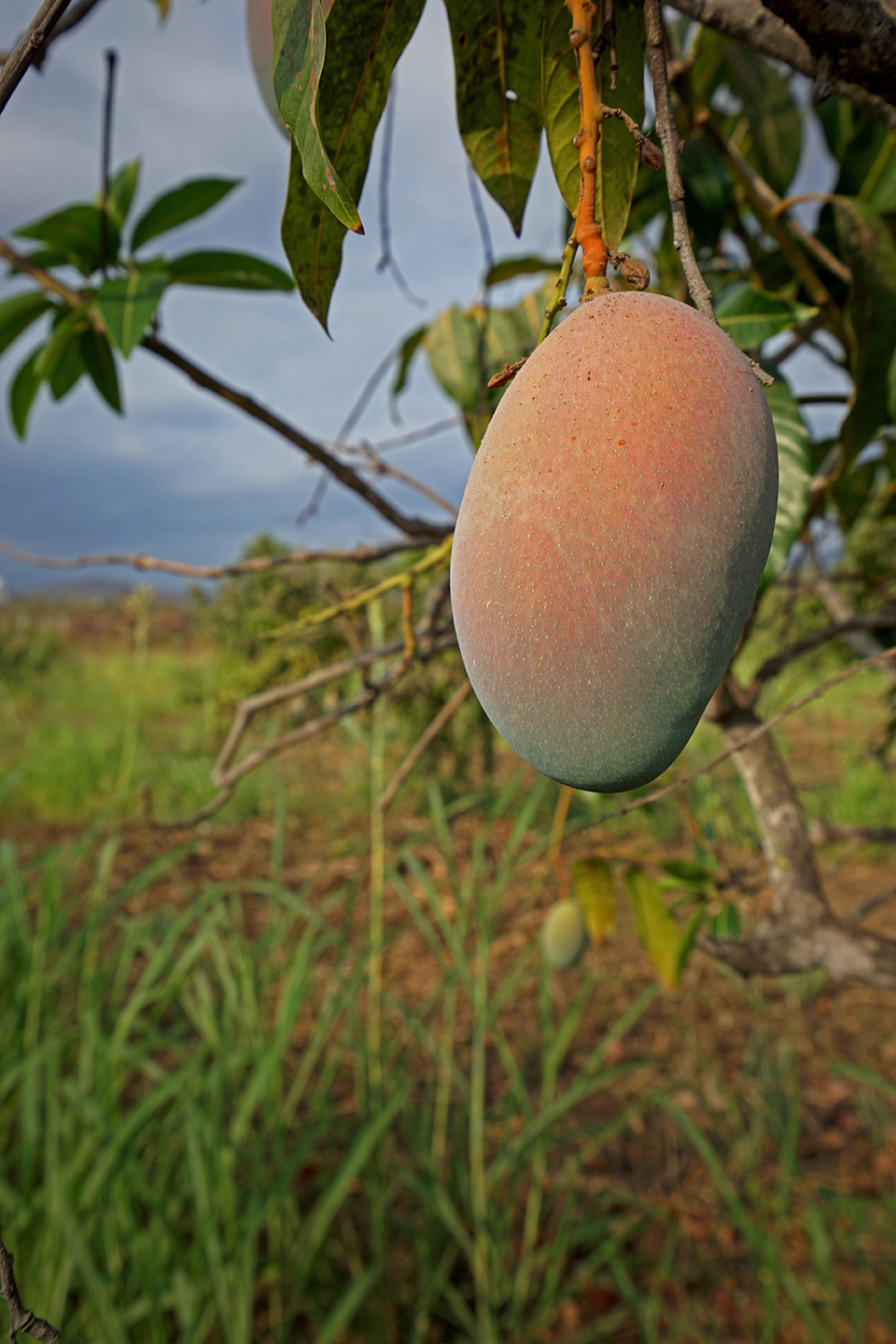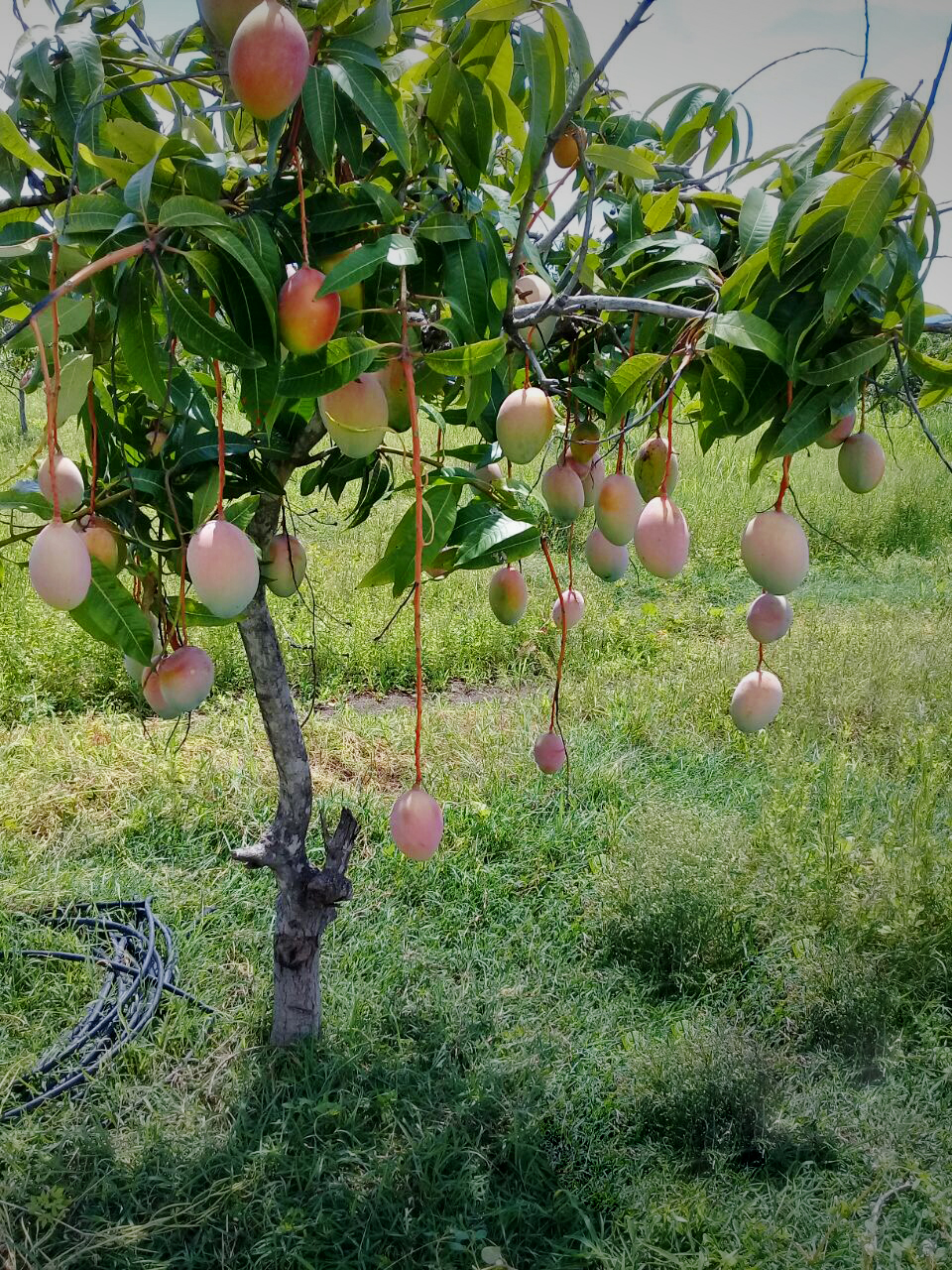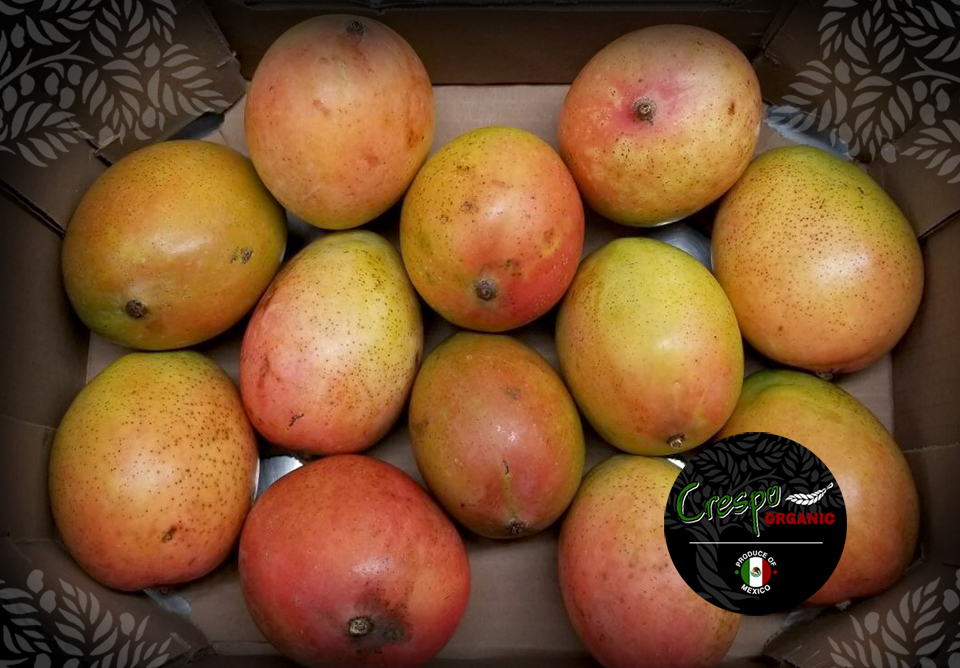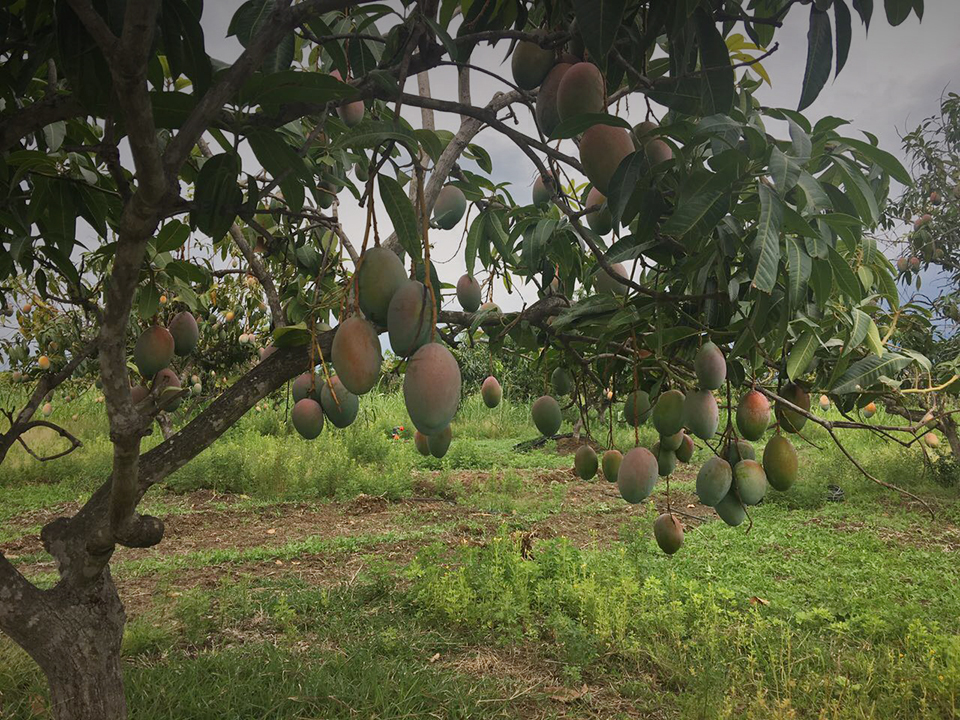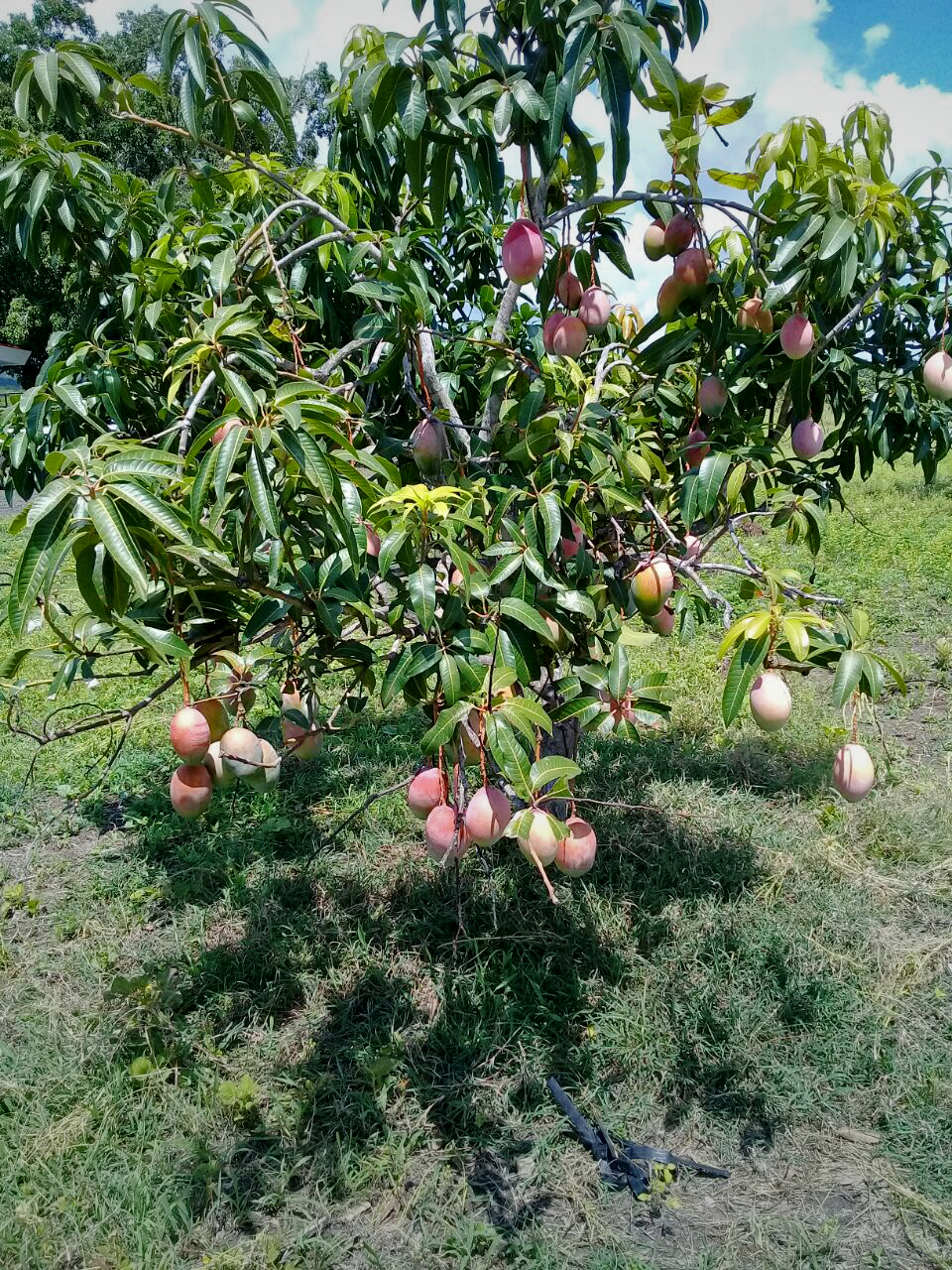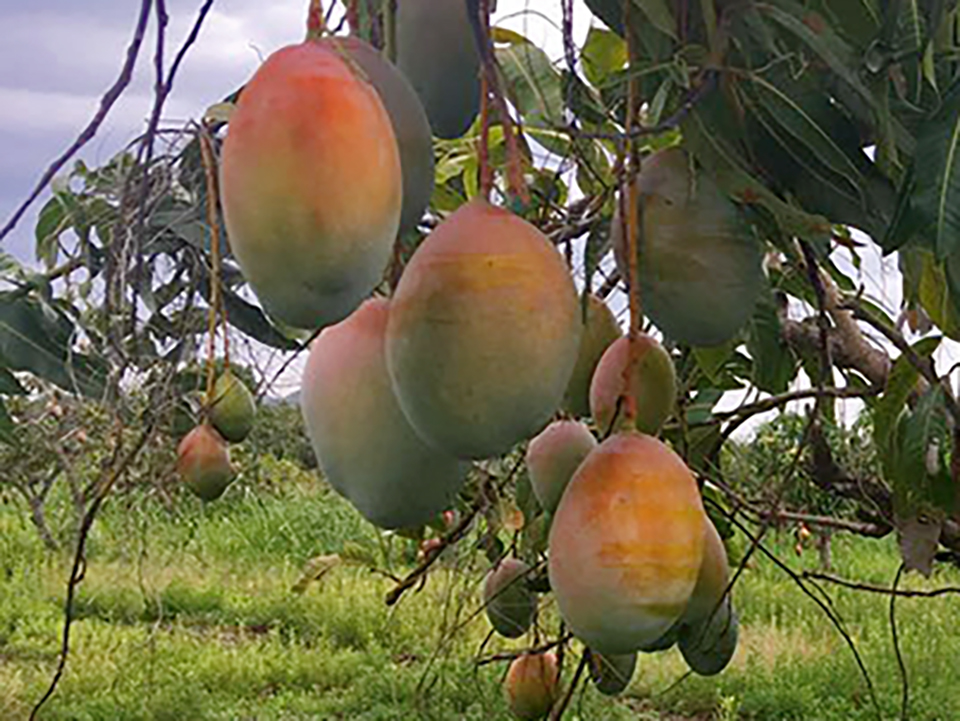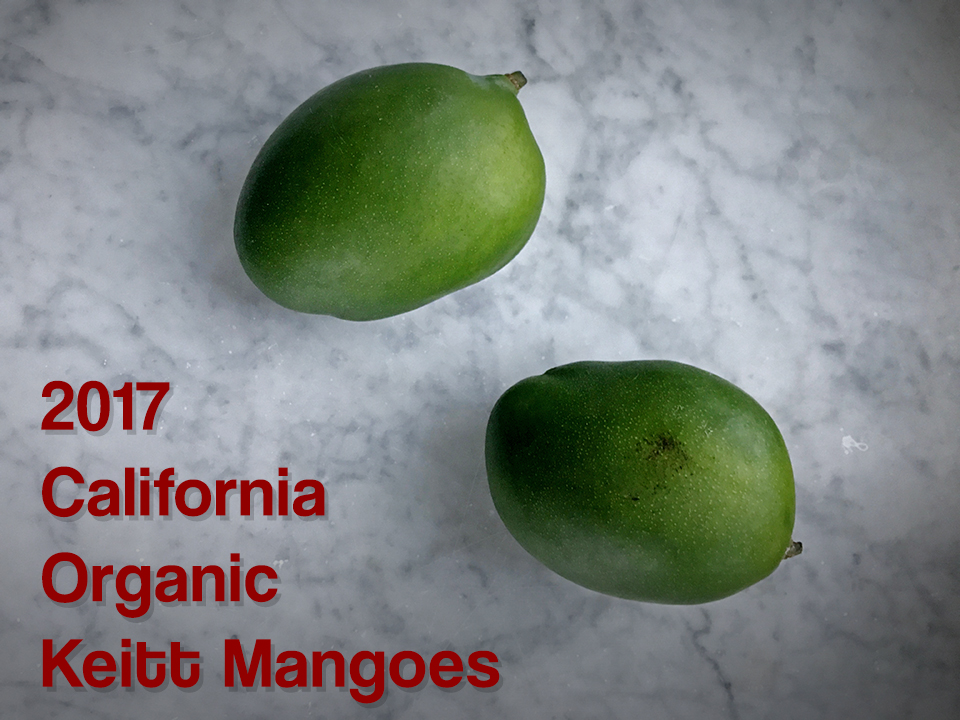What the Blush?
American consumers are often misled into believing that high-quality produce should always look the same, season after season. That couldn’t be further from the truth. Not all mangoes are the same, not all varietals behave the same—and that’s something worth celebrating.
Take the Keitts from Sinaloa, for example. These mangoes don’t fit the typical mold. Instead of the uniform green we’ve been trained to expect, they arrive with a mix of pastel yellow, pink, green, and orange blush tones. You’ll find darker speckles contrasting with the white ones you might associate with Keitts. These Sinaloa-grown beauties—with their pretty pastel hues—look nothing like Keitts from other regions. And I find them exceptional.
This difference isn’t a flaw—it’s a celebration of diversity. By learning to recognize these kinds of nuances—whether varietals, regions, or seasonal influences—we deepen our ability to appreciate real quality, in both taste and appearance. And sharing that knowledge? That helps everyone savor more flavor… and more #MangoJoy.
The Keitts from Sinaloa are special. Depending on the weather, water, and soil health, they can come in darker or lighter year to year—but generally speaking, they tend to showcase dominant blush tones of yellow and pink, with less green or rather lighter, paler green hues.
There are a few reasons why. The closer a crop is to the equator, the more likely blush tones are to develop. Blush is a product of sun exposure, but it’s also influenced by varietal, foliage, soil, and water. In Sinaloa, the orchards tend to be newer—smaller, well-pruned trees with minimal foliage, allowing more sunlight to hit the fruit. Located within the Tropic of Cancer, the region provides consistent sunlight throughout the day.
Contrary to what many believe, Sinaloa Keitts actually stay on the tree longer than any other imported mango. And that extra hang time helps intensify and deepen the blush tones. We’ve been taught that Keitts don’t change color as they ripen—and that’s mostly true for the greener ones grown outside the tropical latitudes. But blush-heavy Keitts? They do change tone—fading deeper pale yellow and pink. (Fun fact: these blushed Keitts are highly coveted in Japan.)
Soil health also plays a big role in blush development. Mango trees thrive in rich, organic soil with proper drainage. Even with ample sun, if the soil lacks nutrients, blush is less likely to appear.
Compare all this with California Keitts—grown at a higher latitude, with less sunlight overall and larger, more heavily foliaged trees. These conditions shade much of the fruit, and the crop stays mostly green.
Keitt trees themselves originate in Florida and were reportedly grafted from the Indian Brooks varietal, which helps explain their late-season timing and rapid growth. Today, Keitts are still widely grown in Florida, both in backyard gardens and commercially. They’re also cultivated in Israel, Australia, Puerto Rico, parts of the Caribbean, California, and of course, across Mexico.
While blush varies across regions, Keitts share the same core characteristics: long oval shape, white speckles on green skin, darker speckles on blushed skin, minimal fiber (mostly around the pit), a small pit, and a high flesh-to-pit ratio. And when grown closer to the equator? I’d argue the flavor gets more tropical. The greener the skin, the milder the taste. The more sun, the more blush… and the more flavor.
